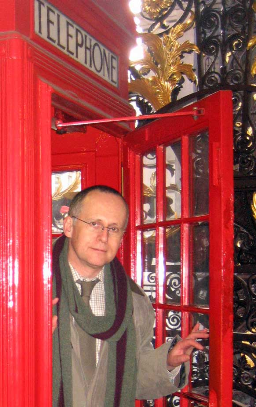 This month marks the 200th anniversary of the 1815 Tambora eruption, the only historic eruption to merit at a Volcanic Explosivity Index (VEI) of 7, and which produced a staggering 100km3 of debris - enough to bury the whole of central London to a depth of a kilometre.
This month marks the 200th anniversary of the 1815 Tambora eruption, the only historic eruption to merit at a Volcanic Explosivity Index (VEI) of 7, and which produced a staggering 100km3 of debris - enough to bury the whole of central London to a depth of a kilometre.
Among other things, the resulting ‘year without a summer’ spawned Mary Shelley’s nightmarish Frankenstein, so it seems fitting that, as well as thinking carefully about hazard zoning in threatened regions, some scientists (quite a few – it acknowledges about 30 contributors) should choose this year to publish a report* listing 12 ghastly ways in which human civilisation might come to an end. Many of these are natural – and frequent: VEI7s come along about once every 500 years, and VEI8s about once every 100 millennia. Either would be completely devastating.
The report lists both natural and anthropogenic threats - some being both, like the lead threat, ‘Extreme Climate Change’. After ‘Nuclear War’, comes ‘Global Pandemic’, followed by ‘Major Asteroid Impact’ and ‘Supervolcano’. ‘Ecological Catastrophe’ (ecosystem collapse) is undeniably anthropogenic, and all the rest are squarely down to us: ‘Global System Catastrophe’ (economic collapse), Synthetic Biology (engineered superbug), ‘Nanotechnology’ (better, smaller weapons), ‘Artificial Intelligence’ (Terminator & co.), and ‘Future bad global governance’ (vacillating politicians fail to face up to the above). A final category is reserved for what Donald Rumsfeld might have termed ‘Unknown unknowns’, or anything not previously mentioned. All in all, it’s a cheery read.
No, seriously. T S Eliot famously predicted in The Hollow Men that the world ends with a whimper; but humanity’s low-key demise could indeed be precipitated by a very large ‘natural’ bang. Some, like supervolcano eruptions, we can do little or nothing about, except prepare; but as the report makes clear, even the most threatening natural threats lie squarely within our control because we are to blame for them in the first place.
I continue to find this encouraging. Who, in their right mind, would prefer global climate catastrophe to come at us thanks to ineluctable changes in solar luminosity or orbital wobbles? Well, OK - climate-change denyers would. So, still nobody then.
Those who deny AGW do not, however, do so out of pessimism - quite the reverse: a misplaced optimism that we can all get on with business as usual (while the climate goes to hell all by itself). No – the truly good news is, the biggest threat to our existence is not in space, or even Indonesia. Perhaps Sartre got it right after all. L’enfer, c’est les autres. Or, if you prefer, 'c'est nous'.
TED NIELD
Editor
@TedNield @geoscientistmag
Ref: Global Challenges 12 - Risks that threaten human civilisation, by Denis Pamlin and Stuart Armstrong. Global Challenges Foundation 2015. Available as a PDF from http://globalchallenges.org.